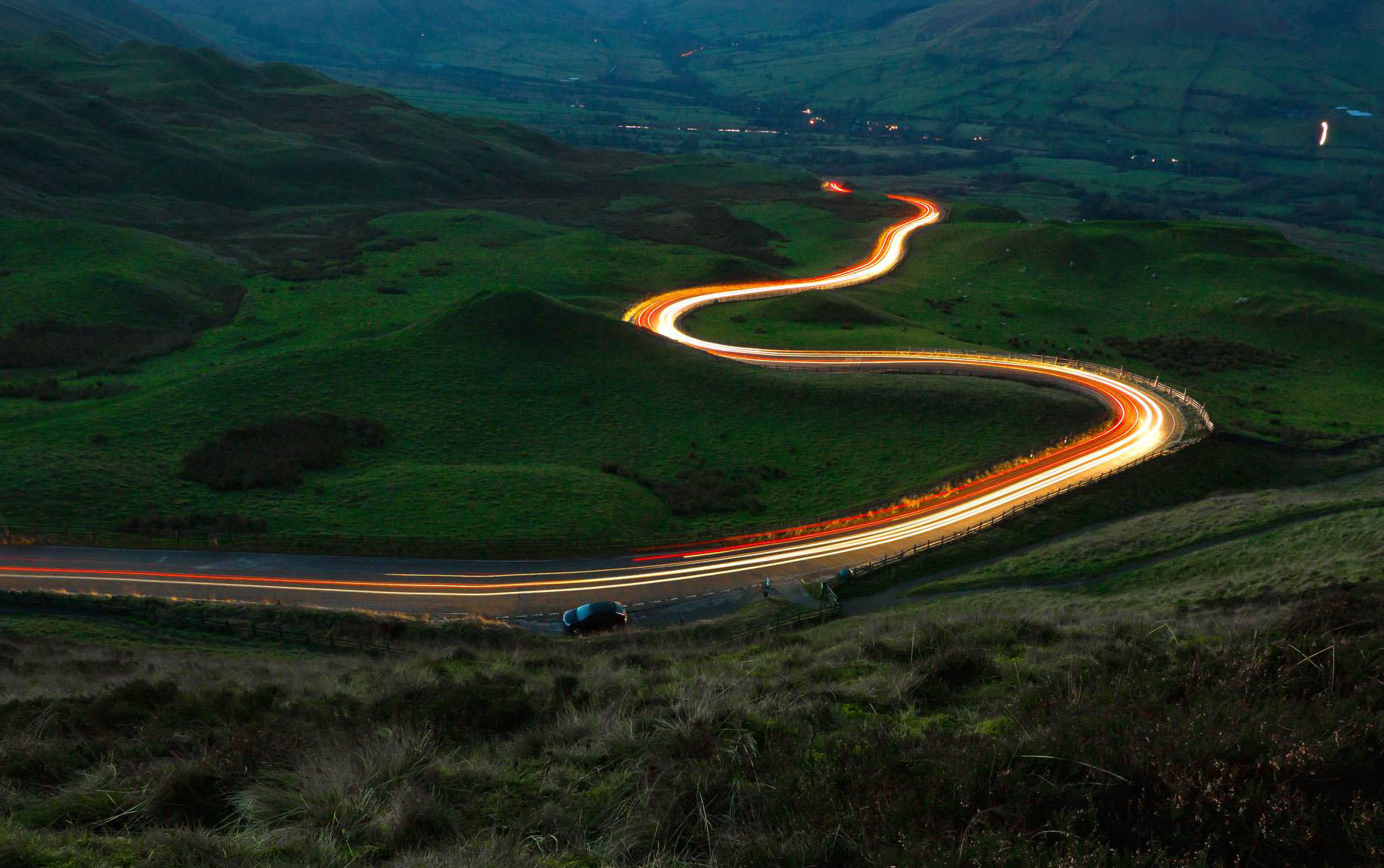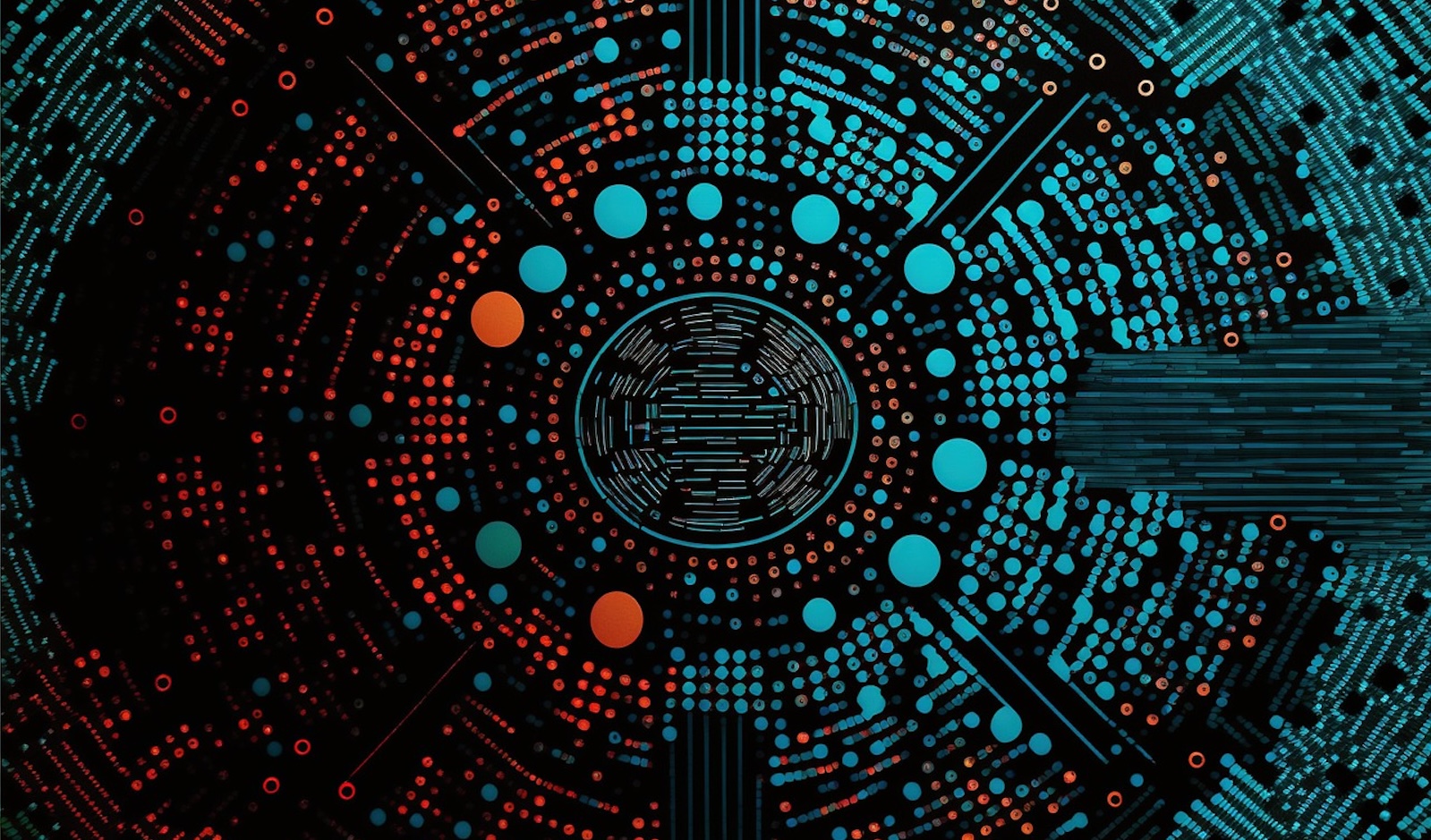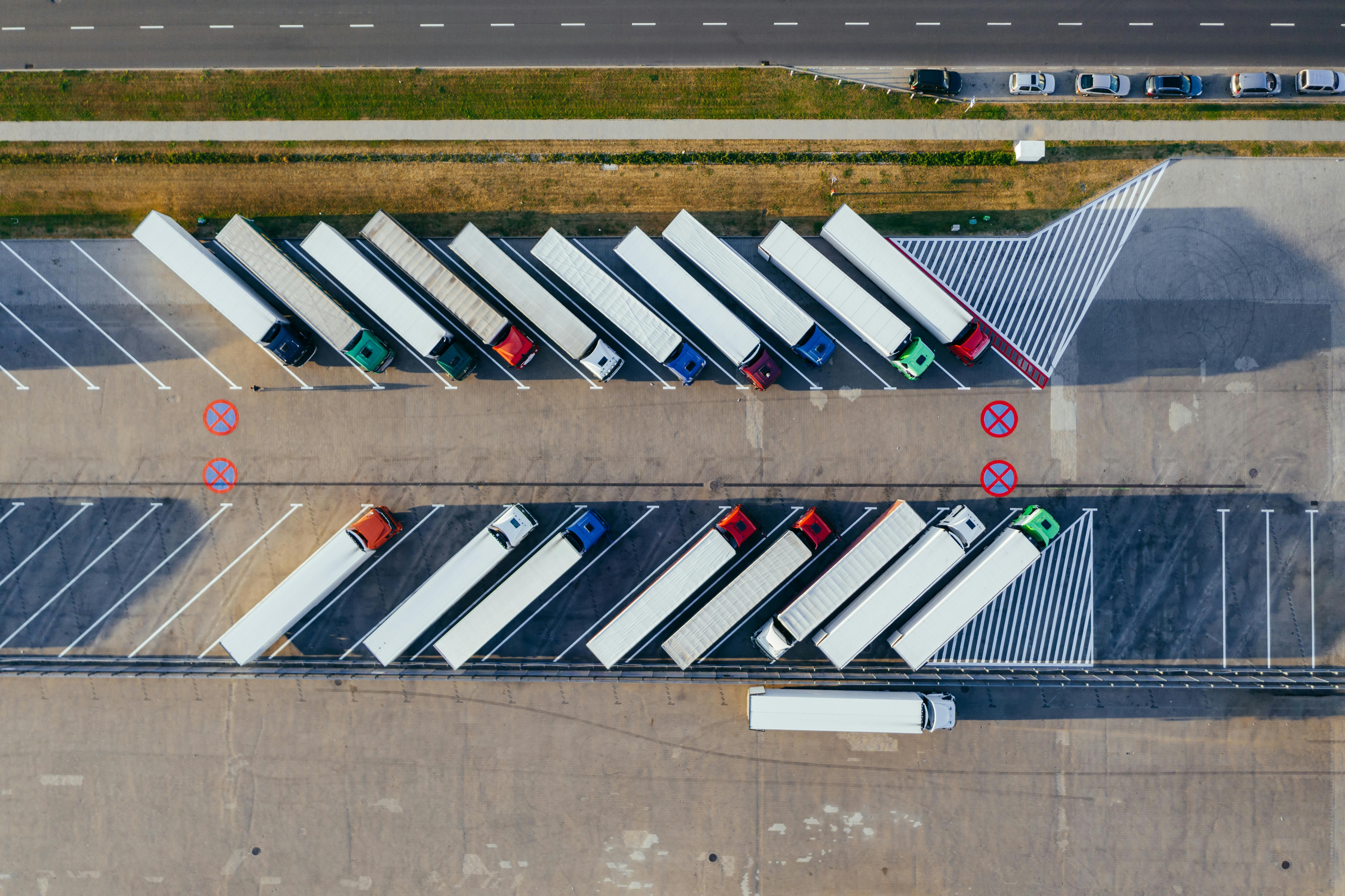It’s 2028. The world’s population stands at more than 8 billion. In the past decade, we’ve added a billion people, and we’re living in a hyper-connected world.
Our smart tools are diagnosing a growing number of conditions—taking your pulse and counting steps was just the beginning; the smart tools of 2028 detect all kinds of vitals to accurately diagnose a number of ailments and diseases.
Even our roads have changed. Today’s glass-topped highways are beautiful stretches of solar roadways embedded with a multitude of sensors aligned with the self-driving cars traveling on them, preventing accidents.
Insurers have figured out ways to underwrite and insure all that autonomy in all of its different modes. The same is true for transportation-as-a-service. And, we’re already discussing how to regulate and insure the next generation of vehicles – custom, 3D-printed, flying cars.
The pace at which all of this has happened is amazing. But the big question is, how did we get here?
In a word, telematics.
Telematics – aka the Internet of Things – changed everything since it started interacting with all of our lives years ago. For insurance, it started with underwriting and data monetization. And, although there were a lot of interesting early results, there wasn’t a lot of uptake or market success.
That all started to change in 2018.
Data exchanges started to come out. Telematics data (from OEMs, mobile devices or OBDII devices) started to funnel into one place, normalized and ready for insurance companies to use to make attractive offers to subscribers. Insurers could also use the data to innovate.
At the time, CCC was already working with its data exchange, CCC X. Our systems had already processed more than 50 billion driver miles. In retrospect, that time really was the turning point for telematics. As an industry, we saw the checkerboard get filled up—slowly at first—by forward-thinking companies that were making investments in telematics technology. 2018 was a turning point for the auto insurance industry.
The real tipping point started to come when we looked at other use cases for telematics data. Those cases vastly increased the adoption of the technology and made it much more mainstream. On top of that, telematics was combined with other technologies and innovations of that time, and that was what really sent us on a rocket ride.
When early use cases evolve, things get exciting
In 2006, cell phones were mainly used by people making phone calls. Remember how fast it all changed when the first smartphone came out? What really made cellular technology take off was when the smartphone became your calendar, your music collection, your newspaper. It became how you bought products. It was everything, and everyone had to have one. And remember the companies that were slow to adopt? They had a tough time.
In 2018, it was exactly the same with telematics. New use cases opened up the future and enabled innovation.
See also: It’s Rush Hour in Telematics Market
In April of that year in Cypress, Texas, CCC began working with State Auto to ingest telematics that would enable connected claims. With a flip of a switch, a 100-year-old accident triage process was changed. Suddenly, State Auto knew about a crash seconds after it happened. And what did they do? They picked up the phone, called their customer and said, “We see you’ve been in a crash. How can we help?”
One hundred years of process was flipped on its head overnight. Customers were amazed. That was the beginning of when people started to ask themselves about how things were done.
The moment when change happens
Up until this point, the three fundamentals of the insurance process were set in stone: I own my car, I drive my car, I call my insurance company when I get into an accident. After telematics, people started to think differently.
- I own my car. Do I? Remember, new modes for transportation as a service and driving subscriptions, among other innovations, started to become a more widespread conversation. People started to consider that maybe they didn’t need to own a car.
- I drive my car? Do I? 2018 was also right around the time when self-driving cars and taxis started hitting the streets of Singapore, Tokyo and Las Vegas. Maybe I don’t have to drive my car?
- I call my insurance company when I get into an accident. Should I? As mentioned, on April 26, 2018, we found that maybe that was no longer necessary or always true.
Another flashback. In 2018, we also introduced the capability to determine injuries from telematics-powered crash dynamics. We used the data to understand the principles of force and delta V and used that to detect what kinds of injuries the people in the car may have, the potential severity of those injuries and what the range of medical treatments would likely be. That came together to allow our customers to treat people with the same efficiency and process as we were able to repair the car.
Finally, around this time telematics was applied to the repair. Cars were getting a lot more complicated, and there were a lot more sensors, more diagnostic trouble codes (DTCs), etc. Cars were capable of sending data right from their computers straight to the repair shop to make repair faster and more accurate, helping to ensure those increasingly complex cars were getting fully repaired and safely returned to the road. The change greatly expanded the use of telematics.
But what really lit the match was when those telematics use cases started being combined with other innovations of that period.
See also: Advanced Telematics and AI
Photo analytics in estimating? Check. Insurers were already using AI to instantly detect from one photograph the likelihood a car was repairable or a total loss. AI was used to build the estimates themselves, using photographs and the help of telematics data.
From there, mobile and smart technologies enabled the detection of an accident all the way through to the disposition of the vehicle. The experience was self-guided and highly efficient. The person in the car accident was interacting with shops and insurance companies to get the job done in a streamlined way.
All of these new possibilities were suddenly at our fingertips. That crash in Cypress, Texas, if it was serious enough, would have the tow truck quickly dispatched to pick the car up. Or, if the injuries were serious, an ambulance could get there more quickly, saving the customer’s life.
Continued acceleration
After 2018, the acceleration of technology innovation went through the roof. That’s how we got to the world we live in today. We were struck with this awareness of exactly how telematics and photo analytics are going to lead to a new world order. The future became clear.
Those that got in early with those data exchanges and started using telematics for UBI purposes started to gain an understanding of data and chip away at the learning curve. They improved their book of business. They added use cases, detected crashes and delivered better injury disposition for customers and better repairs.
Those experiences and that knowledge base got them to a point that, when the autonomous vehicles started coming in all different modes and configurations, they were ready to price the risk. When the transportation as a service option started coming up, they were ready to go.
Innovation is always the same. It doesn’t matter if it’s 2018 or 2028 or 2058. The timeless advice about innovation is this: You need to adopt as early as possible. You need to give yourself permission to fail, the opportunity to learn and the time to get it right. When that match gets lit, you are ready to take the rocket ride to the future. Stay brave and power forward.








